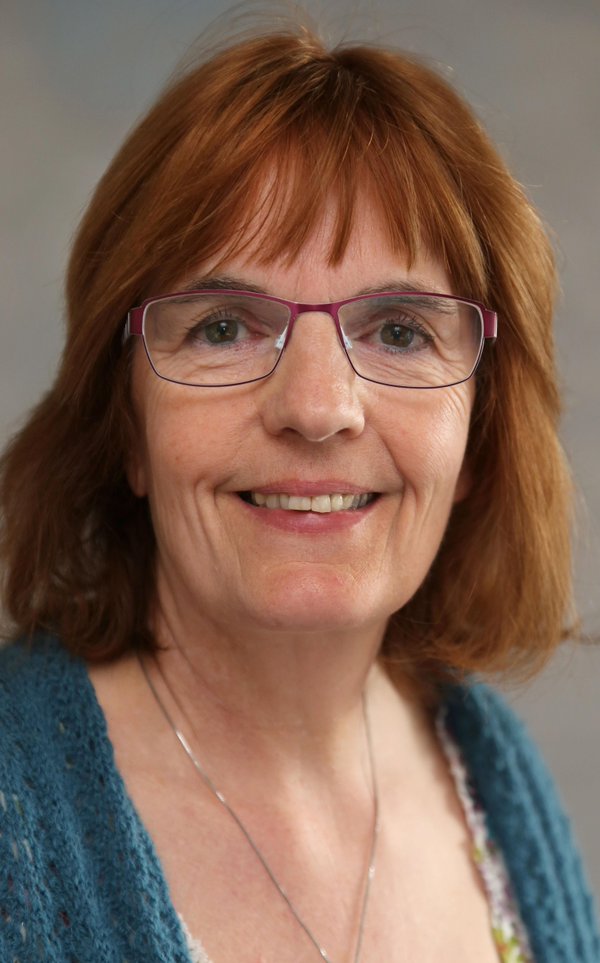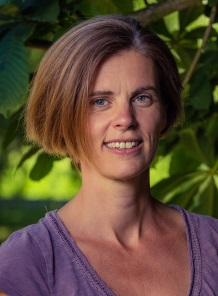FFLOC Corpus

|
Florence Myles
Department of Language and Linguistics
University of Essex
fmyles@essex.ac.uk
website
|

|
Emma Marsden
Department of Education
University of York
emma.marsden@york.ac.uk
website
|

|
Rosamund Mitchell
Applied Linguistics - emeritus
University of Southampton
r.f.mitchell@soton.ac.uk
website
|
| Participants: | 60 |
| Type of Study: | tasks |
| Location: | UK |
| Media type: | audio |
| DOI: | doi:10.21415/T5NS31 |
Browsable transcripts
Download transcripts
Media folder
Citation information
Myles, F. (2002). Full Report of Research Activities and Results. Linguistic
Development in Classroom Learners of French.
www.regard.ac.uk/research_findings/R000223421/report.pdf
In accordance with TalkBank rules, any use of data from this corpus m
ust be accompanied by the above reference.
Project Description
LINGDEV or Linguistic Development in Classroom learners of French: a
Cross sectional Study: This directory contains sound files and
corresponding transcripts from an ESRC-funded one year project which ran
from October 2001 to September 2002 (ESRC grant R000234754). One of its
aims was to provide a database of learner language for years, 9, 10 and
11 of secondary education in the UK context. The Project Director was
Florence Myles and the other team members were Emma Marsden, Rosamond
Mitchell and Sarah Rule.
Three groups of twenty learners in each of years 9, 10 and 11 (i.e.
in their 3rd, 4th and 5th year respectively of learning French in the UK
educational context; age 13-14, 14-15, 15-16 respectively) in a local
secondary school were tested. In the LingDev files, children's ages are
given as 13; for Year 9, 14; for Year 10, and 15; for Year 11. The
Progression data are from Years 7, 8, and 9 and ages are given as 12,
13, and 14.
A gender-balanced sample from the three different year groups, and
containing pupils of all the ability range, as judged by the teachers
and the pupils' school grades, was used in the study. The sample is
however slightly biased towards the top ability pupils, as they are more
likely to show signs of further development. The participants were
numbered 1 - 20 for each year group. However as this was a short term
cross-sectional study if a cohort pupil was absent then a replacement
pupil carried out the task and these were given random numbers between
60 and 90. This ensured that the number of pupils in each year that
carried out a particular task was always 20. In selecting and involving
informants in the research, the project followed the Recommendations on
Good Practice in Applied Linguistics of the British Association of
Applied Linguistics (1994) on the responsibility of researchers in
respecting the privacy of participants, ensuring confidentiality of
personal details and in maintaining openness about the goals of the
research.
Procedure
4 oral tasks were administered to all 60 subjects, on a one-to-one
basis with a researcher. The tasks used were the same for all years, in
order to enable a comparison of results. Moreover, some of the tasks
were the same as those used in the 'Progression Project' (to enable
comparisons to be drawn). The tasks were as follows:
- Cartoon story (Loch Ness Monster): in this task, learners have to
tell a story on the basis of a series of cartoon pictures. This task was
developed and used in the Progression Project. It also provides valuable
information on learners' developing discourse level skills. Task Code L
- Interrogative elicitation task: this task is an information gap
activity in which the subjects have to find out missing information from
the researcher in order to reconstruct a drawing. The main purpose of
this task is to elicit interrogative constructions and pronominal
reference, as well as gender markings. This task was also developed and
used in the Progression Project. Task Code I
- Photos task: One-to-one interview with a researcher: this is a
directed conversation with a researcher in which the subject has to
respond to a number of questions, as well as ask questions based on
photographs brought by the researcher. The main purpose of this task is
to elicit a wide range of structures, with a particular focus on verbal
morphology (past tense, future). A version of this task was used in the
Progression Project, although we modified it in order to ensure
elicitation of a range of temporal reference (as we were dealing with
more advanced learners). Task Code P
- Negative elicitation task: learners have to describe a famous person
by saying what they do and do not do (following picture cues), and the
researcher has to guess who the famous person is on the basis of the
learner's description and a series of possible celebrities. Task Code N
All tasks were recorded digitally, and took around 15 minutes each,
in a one-to-one situation with a researcher, making a total of around
one hour of spoken language per pupil.
Additional Conventions
In this section, we describe some of the general decisions we have
taken in the transcribing of French interlanguage oral data, as well as
some of the adaptations we have made to the CHILDES system, in the
context of L2 data. As will become obvious, many of the decisions were
dictated by our research agenda in both the Linguistic Development and
the Progression projects, and our choice to use the automatic
morphosyntactic parser. And although it means that sometimes, the
transcription is somewhat deviant from the actual phonological shape of
the words produced by learners, we felt it is not too much of a problem
as other researchers interested in e.g. phonology, can listen to the
sound files as they read the transcripts, and add their own level of
coding. The data has been transcribed orthographically. This is
necessary in order to use the French morphosyntactic parser on the
completed transcripts, as it will not recognise non-words. There is no
extensive coding of errors and overlaps are not marked, since they can
be heard in the sound files. Learner utterances have been carefully
segmented into distinct utterances, but this has not been done for the
researcher.
If a participant exactly repeats the researcher (or another
participant in the case of pair tasks), it has been coded as follows:
*32N: [- eng] how do you say he goes?
*ADR: il va
*32N: il@g va@g au cinema
@g is added after every repeated word. @g has been added to the
special form marker file sf.cut file in the French MOR program. @g is
used to ensure the imitation is not included for analysis by the French
morphosyntactic parser, as this could give misleading information about
the current grammar of the learner .
In order for the French MOR program to ignore the English we coded whole utterances as follows:
*SAR: [- eng] yes you begin by asking questions
*43P: [- eng] how do you say dog?
Indeterminate Forms
In beginner datasets, it is often difficult to determine which form a
learner has intended, as learners often produce something very
approximate. There are four examples of this use of indeterminate forms
that occur consistently in our data and we coded them as follows:
- Definite articles which sound like something between le and la: le@z:m
- Indefinite articles which sound like something between un and une: un@z:m, une@z:m
- First person subject pronoun which sound like something between je and j'ai: je@z:m
- Something between il and ils: il@z:m, ils@z:m
- A verb form which sounds like something between a and est: a@z:m
The Files are labelled in the following way:
Soundfiles: 01L9SAR.wav
Transcriptions: 01L9SAR.cha (01 is the number of the student, L is the task code, 9 is the student's year, SAR is the abbreviation for the researcher)
Acknowledgements
Anthony Kelly reformatted this corpus into accord with current versions of CHAT.


